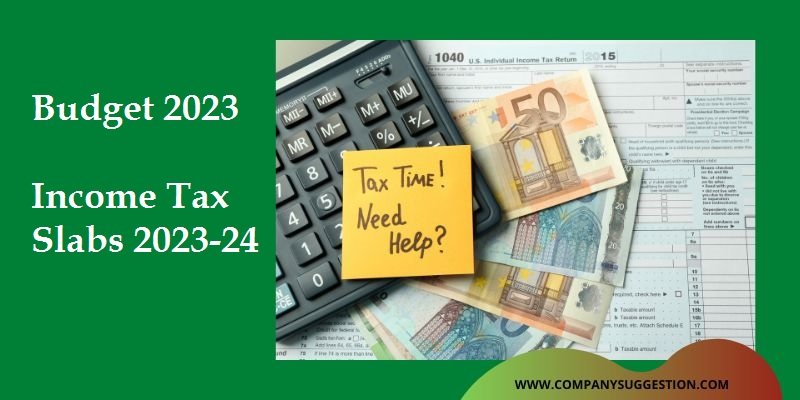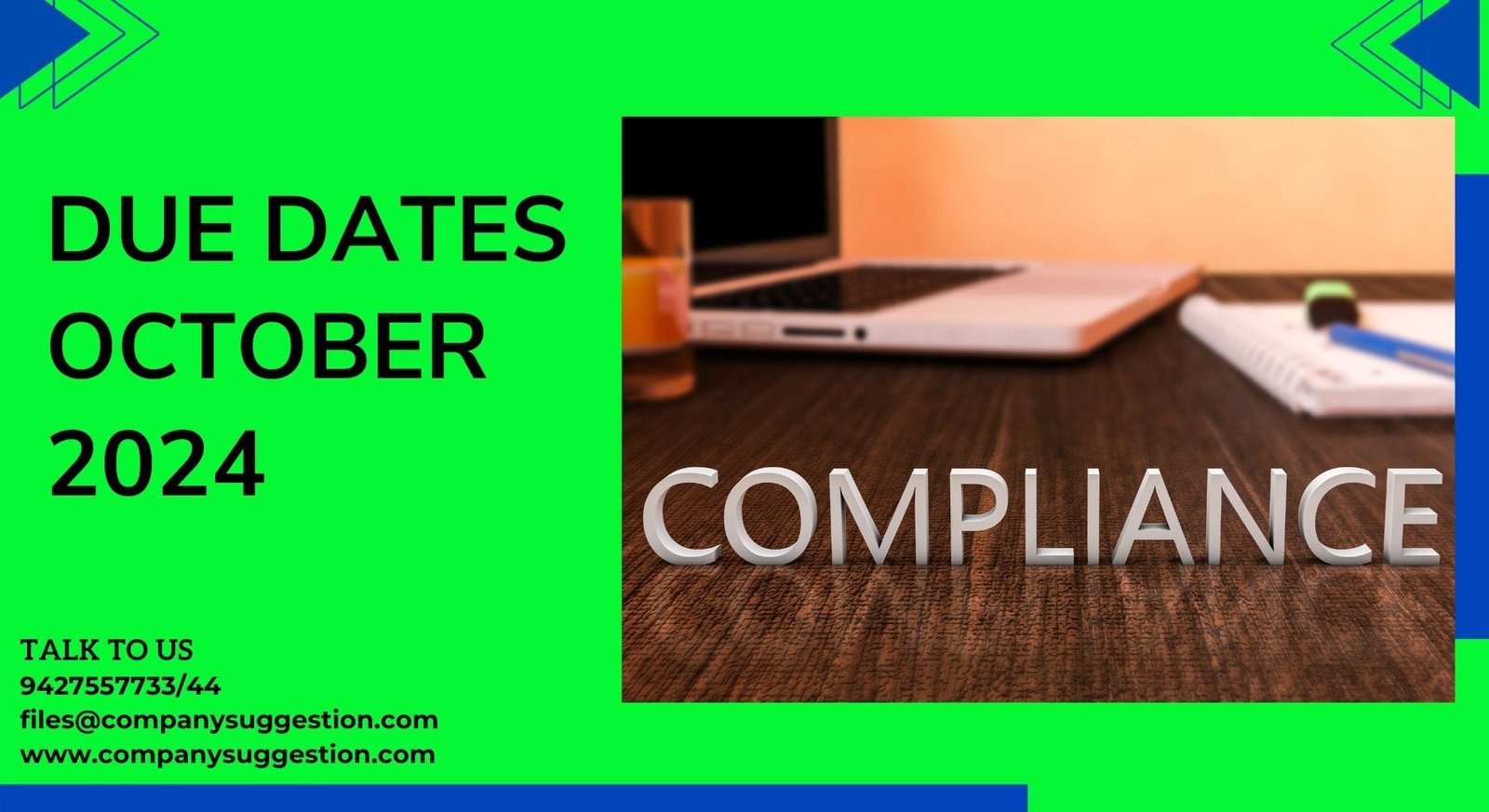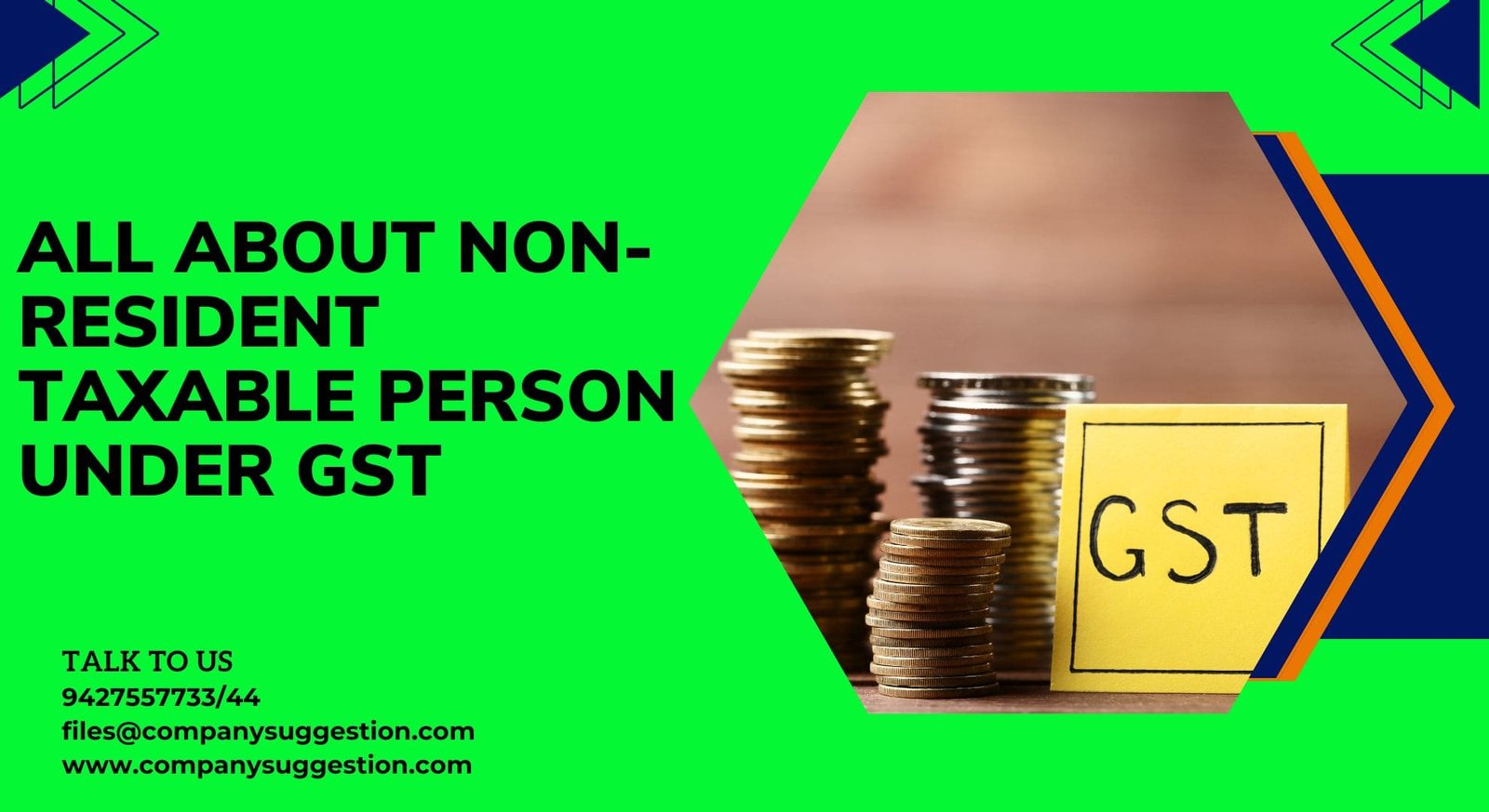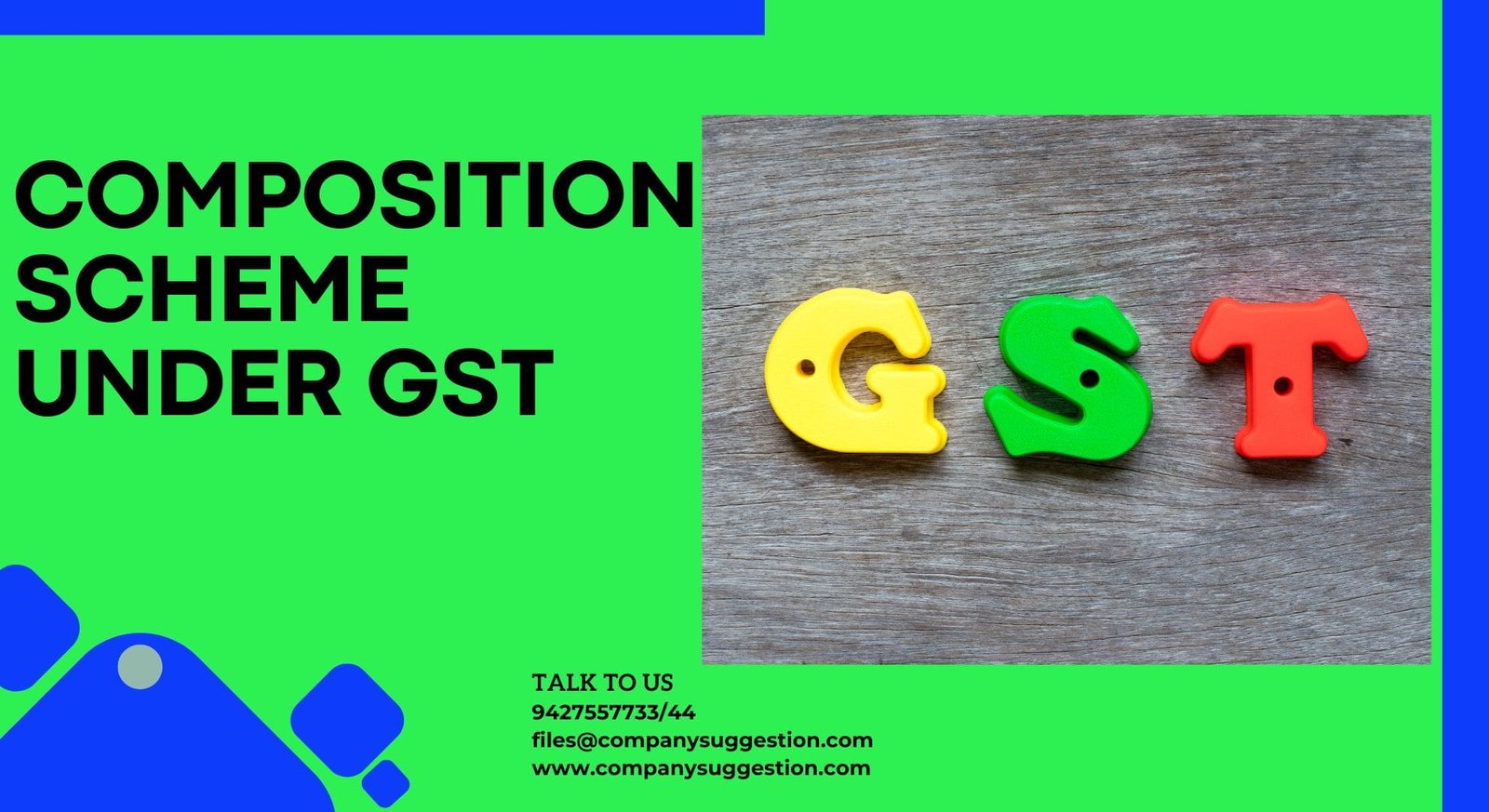Finance Minister Nirmala Sitharaman is presented the Union Budget for 2023 in the Parliament. This is the last full-year budget before the national elections in 2024 and key state elections later this year. Like the previous two Budgets, Union Budget 2023-24 will also be delivered in paperless form.
In a relief to taxpayers, the FM (Finance Minister) proposed to change the tax structure in the new personal income tax regime and give relief to tax payers by:
- Reducing the number of slabs to five and exemption limit has been hiked to Rs.3 lakh.
- Rebate under section 87A limit increased from 5 lakhs to 7 lakhs under new tax regime
- Extending Benefits of Standard Deduction in New Tax Regime.
- Highest Surcharge Rate reduce from 37% to 25% under new tax regime
New Tax regime for FY 2023-24 (AY 2024-25)
| Income Tax Slab | New Regime Income Tax Slab Rates FY 2023-24 (Applicable for All Individuals & HUF) |
| Rs 0.0 – Rs 3 lakh | Nil |
| 3-6 lakh | 5% |
| 6-9 lakh | 10% |
| 9-12 lakh | 15% |
| 12-15 lakh | 20% |
| Above 15 lakh | 30% |
New Tax regime for FY 2022-23 (AY 2023-24)
| Income Tax Slab | New Regime Income Tax Slab Rates FY 2022-23 (Applicable for All Individuals & HUF) |
|---|---|
| Rs 0.0 – Rs 2.5 lakh | NIL |
| Rs 2.5 lakh – Rs 5.00 lakh | 5% (tax rebate u/s 87a is available) |
| Rs 5.00 lakh- Rs 7.5 lakh | 10% |
| Rs 7.5 lakh – Rs 10.00 lakh | 15% |
| Rs 10.00 lakhs – Rs 12.50 lakh | 20% |
| Rs 12.5 lakhs – Rs 15.00 lakh | 25% |
| > Rs 15 lakh | 30% |
Old Tax regime – FY 2022-23 (AY 2023-24)
| Income Tax Slab | Individuals Below The Age Of 60 Years – Income Tax Slabs |
|---|---|
| Up to Rs 2.5 lakh | NIL |
| Rs. 2.5 lakh -Rs. 5 lakh | 5% |
| Rs 5.00 lakh – Rs 10 lakh | 20% |
| > Rs 10.00 lakh | 30% |
Conditions for opting New Tax regime.
The taxpayer opting for concessional rates in the New Tax regime will have to forgo certain exemptions and deductions available in the existing old tax regime. In all there are 70 deductions & exemptions that are not allowed, out of which the most commonly used are listed below:
List of common Exemptions and deductions “ not allowed” under New Tax rate regime
- Leave Travel Allowance
- House Rent Allowance
- Conveyance allowance
- Daily expenses in the course of employment
- Relocation allowance
- Helper allowance
- Children education allowance
- Other special allowances [Section 10(14)]
- Standard deduction on salary (Allowed in New Tax Regime for FY 2023-24)
- Professional tax
- Interest on housing loan (Section 24)
- Deduction under Chapter VI-A deduction (80C,80D, 80E and so on) (Except Section 80CCD(2))
List of deductions “allowed” under new Tax rate regime
- Transport allowance for specially abled people
- Conveyance allowance for expenditure incurred for travelling to work
- Investment in Notified Pension Scheme under section 80CCD(2)
- Deduction for employment of new employees under section 80JJAA
- Depreciation u/s 32 of the Income-tax act except additional depreciation.
- Any allowance for travelling for employment or on transfer.
List of Exemption and deduction not allowed under new tax regime for FY 2023-24 (AY 2024-25)
- clause (5) or clause (13A) or prescribed under clause (14) or clause (17) or clause (32), of section 10 or section 10AA or
- clause (ii) or clause (iii) of section 16 or clause (b) of section 24 [in respect of the property referred to in sub-section (2) of section 23] or
- clause (iia) of sub-section (1) of section 32 or section 32AD or section 33AB or section 33ABA or sub-clause (ii) or sub-clause (iia) or sub clause (iii) of sub-section (1) or sub-section (2AA) of
section 35 or section 35AD - or section 35CCC or
- under any of the provisions of Chapter VI-A other than the provisions of sub-section (2) of section 80CCD or sub-section (2) of section 80CCH or section 80JJAA;”;
Example for Old Tax regime Vs New Tax regime & which is better?
The Old tax regime can largely benefit middle class taxpayers who have a taxable income upto Rs 10 lakh and Invested the income in the tax saving schemes. New regime is a better option for high-income earners and no investment in the tax saving schemes.
The new income tax regime is beneficial for people who make low investments. As the new regime offers seven lower income tax slabs, anyone paying taxes without claiming tax deductions can benefit from paying a lower rate of tax under the new tax regime. For instance, assessee having total income before deduction up-to Rs 12 lakh will have higher tax liability under the old system if they have investments less than Rs 1.91 lakh. Therefore, if you invest less in tax-saving schemes, go for the new regime.
That being said, if you already have in place a financial plan for wealth creation by making investments in tax-saving instruments; mediclaim and life insurance; making payments of children’s tuition fees; payment of EMIs on education loan ;buying a house with a home loan; and so on, the old regime helps you with higher tax deductions and lower tax outgo.
In light of the above and considering the new income tax regime, if taxpayers want to opt for the concessional tax rates, they may evaluate both regimes. Hence, it is advisable to do a comparative evaluation and analysis under both regimes and then choose the most beneficial one as it may vary from person to person.
Let’s take an example of comparing the Old & New tax regime of an assessee with Rs 10 Lakh income.
Mr. Ajay has a salary income of Rs 10 lakh. Basic Salary is 700000 and HRA is 300000 (Out of this 180000 is Deductible). His total investment u/s 80C is Rs 1.7 lakh under ELSS, PF, LIC premium and principal installment of home loan. Further he pays Medical insurance for himself and his wife of Rs 28,000. If he opts for the old tax regime, then he can claim the above deductions, however if he wishes to go for a new tax regime than these deductions will not be available. He has paid home loan interest of Rs 75,000 in FY 2022-23. Let us see the tax outflow in both the regimes.
| Particulars | Old Tax Regime (Rs) (FY 2022-23) | New Tax Regime (Rs) (FY 2022-23) | New Tax Regime (Rs) (FY 2023-24) |
| Basic Salary | 700000 | 700000 | 700000 |
| Add: HRA ( Total 300000 Deductible 180000) | 120000 | 300000 | 300000 |
| Less: Standard Deduction | 50000 | – | 50,000 |
| Gross Income | 770,000 | 1,000,000 | 950,000 |
| Deductions: | |||
| u/Sec: 80C | 150,000 | – | – |
| u/Sec: 80D | 25,000 | – | – |
| u/Sec: 24(b) | 75,000 | – | – |
| Taxable Income | 520,000 | 1,000,000 | 950,000 |
| Tax Slab (OLD) (FY 2022-23) | |||
| 0 to 2.5 Lakh | 0 | – | – |
| 2.5 to 5 Lakh @ 5% | 12,500 | – | – |
| 5 Lakh to 10 Lakh @ 20% | 4,000 | – | – |
| > 10 Lakh @ 30% | – | – | – |
| Tax Slab (NEW) (FY 2022-23) | |||
| 0 to 5 Lakh | – | – | – |
| 2.5 to 5 Lakh @ 5% | – | 12,500 | – |
| 5 to 7.5 Lakh @ 10% | – | 25,000 | – |
| 7.5 Lakh to 10 Lakh @ 15% | – | 37,500 | – |
| 10 Lakh to 12.5 Lakh @ 20% | – | – | – |
| 12.5 Lakh to 15 Lakh @ 25% | – | – | – |
| > 15 Lakh @ 30% | – | – | – |
| Tax Slab (NEW) (FY 2023-24) | |||
| 0 to 3 Lakh | – | – | – |
| 3 to 6 Lakh @ 5% | – | – | 15000 |
| 6 to 9 Lakh @ 10% | – | – | 30000 |
| 9 Lakh to 12 Lakh @ 15% | – | – | 7500 |
| 12 Lakh to 15 Lakh @ 20% | – | – | |
| > 15 Lakh @ 30% | – | – | |
| Income Tax | 16,500 | 75,000 | 52,500 |
| Cess @ 4% | 660 | 3,000 | 2,100 |
| Total Income Tax | 17,160 | 78,000 | 54,600 |
Conclusion: If you want to avail all deduction and exemption then go for the old regime. In the New Tax regime, Tax is reduced from 78000 to 54600 due to slab rates are increased from last year. If you invest less in tax-saving schemes, go for the new regime.
Key Highlights of Budget 2023-24
- Promote domestic manufacturing and exports.
- Tax exemption on Capital Goods and Lithium batteries.
- Mobiles, camera lenses to become cheaper.
- Gold, Silver & Diamonds, cigarettes, imported rubber to get expensive.
- Enhanced limit for 3 crore (for 44AD) and 75 lakhs (for 44ADA) for presumptive taxation.
- Higher TDS limit of RS. 3 cr for Cooperatives
- New IT Return Form for easier filing .
- 100 Joint Commissioners to be appointed for disposal of small appeals.
- TDS reduced on EPF withdrawal
- Section 54 and 54F to be amended.
- Rebate limit increased to 7 lakh in new tax regime.
- Number of slabs reduced from 7 to 5 in new tax regime.
- Only 5% tax on Individual’s Annual income of 9,00,000 only to pay Rs. 45,000 as tax.
- Salaried class and pensioner: Standard Deduction increased
- Highest tax rate 42.74 % reduced
- Propose to reduced Higher surcharge rate from 37 % to 25% in new tax regime.
- Leave Encashment: Limit increased from Rs. 3,00,000 to Rs. 25,00,000.
- Extension of the date of incorporation by one year for Income Tax Benefit to Start-up.
- Benefit of Carry forward of losses on change of shareholding of start-up from seven years of incorporation to ten years.
Tax benefits for Industry
- Micro Small and Medium Enterprise (MSME)
- Enhance limit for micro enterprise and professionals to avail benefits of presumptive taxation (95% of receipts to be in non cash)
- Deduction of payment allow only when payment is actually made to MSME
- Startups
- Extension of date of incorporation by one year for income tax purpose (taxation benefits)
- Benefits of carrying forward of losses on change of shareholding of start-ups to be increase from 7 years to 10 years
- Cooperatives
- For new cooperatives or commencing manufacturing till 31st march 2024 extending 15% tax benefits
- For cooperative societies Higher limit of Rs.3 crore for TDS on Cash withdrawal
- Higher limit of Rs.2 lakh per member for deposits and loan in cash by Primary Agricultural Credit Society and Primary Cooperative Agriculture and Rural Development Banks
- Other
- Extending period of tax benefit to funds relocating to IFSC (International Financial Services Centre), GIFT City till 31st 2025.













